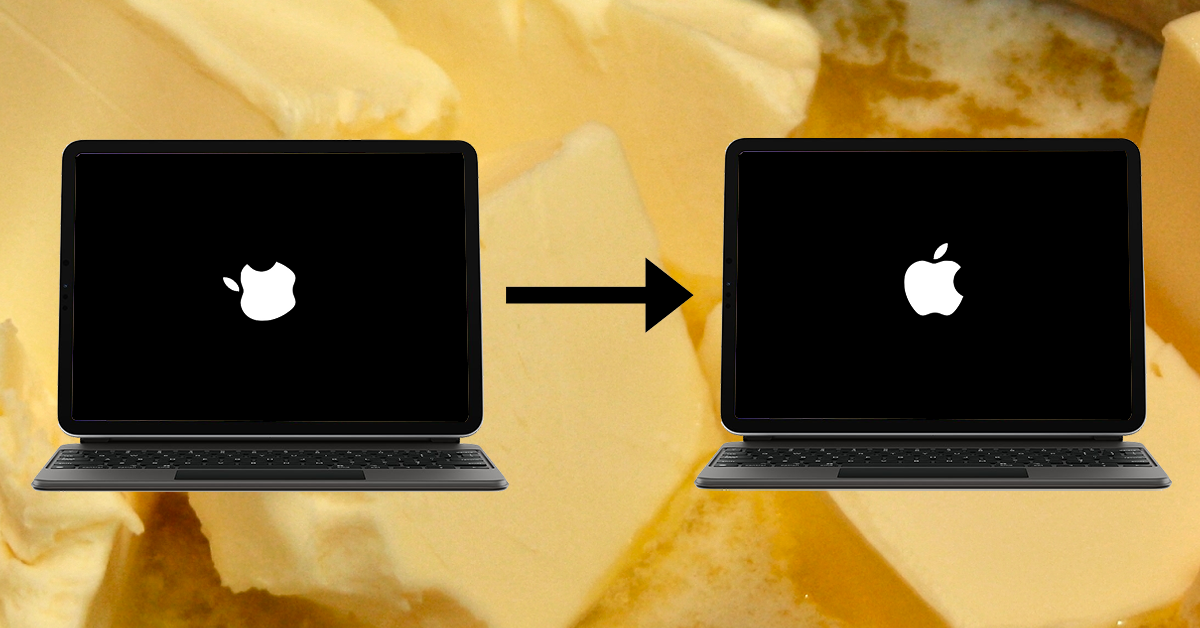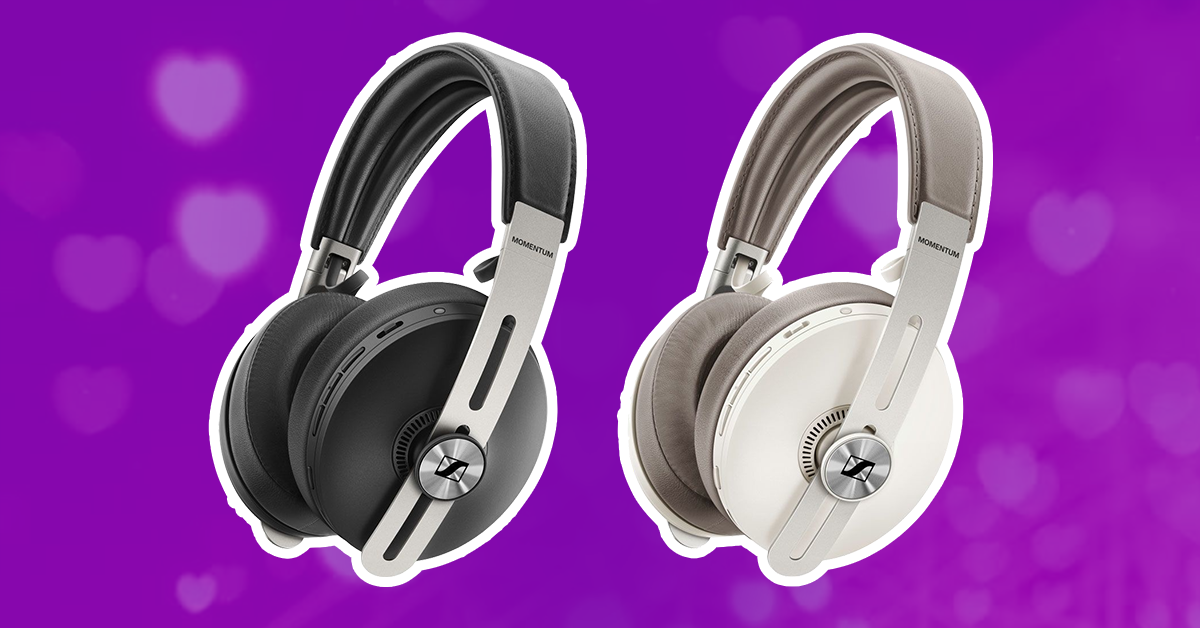There are plenty of bullshit sayings out there — they are the force that powers Facebook’s evil after all — but one of the worst is “don’t sweat the small stuff.” Yes, there are plenty of situations where this is true: if you spent all your time overanalyzing what the angry man at the vegan deli meant when he called you a “jerky boy” you’d go insane. Some things just aren’t worth the brain space to consider. (But what did he mean?) Thing is, for every situation where “don’t sweat the small stuff” makes sense, there are a gamut of others where the phrase is about as relevant as Bon Jovi. Tell your mom I’m not sorry. And one of those areas where, really, you should sweat the small stuff? Consumer design is one of them. This thought hit me particularly hard this week because of two specific things crashing headfirst into my sad, lonely life. The first was the news that Apple will soon update the iPad boot screen so it’ll appear in the correct orientation. The second is I discovered that Spotify searches don’t sync across devices. You could easily make the argument these two design issues are nothing to be worried about. Think of the iPad: it’s a futuristic, Star Trek-style hand computer on which you can complete tasks that, 50 years ago, would’ve had you drowned in a bog for being a sorcerer. And Spotify? It’s a service that has every goddamn song in existence on it. How can I, a truly unexceptional man child, possibly have the temerity to quibble about such small things? It’s because they’re important. Weirdly so. Tiny negative details in products you constantly use are like splinters: they may not look like much from the outside, but they’re sadistic bastards that cause lot of pain. And, the more I think about it, the more I realize that because consumer tech is so mature these days, much of it, really, is all about the small stuff. Well, to a point. If a pair of headphones sound like they’re constructed from bootyhole, no amount of attention to detail will save them. Generally though, that’s not the case: manufacturers of all kinds tend to keep the butt out of the design process, unless officially required. The honest fact is the most popular consumer gadgets have been around long enough that you’re more likely to level an accusation of them being boring, than useless. I remember when the first touchscreen phones hit the market and some of the devices I had were barely usable in 6 months. Now we get up in arms about notch size.
Small stuff with a big impact
Let’s return to the headphone example from earlier. These are a technology that has been around for years now, and is filled with reputable companies. Imagine you’re after a good pair of noise-canceling cans. You’re inundated with options. There are the Sennheiser Momentum 3, Bose 700, or the Sony WH-1000XM4 — and that’s just to name a few of the most popular models. There are many other brilliant companies making fantastic headphones, from Jabra to Master and Dynamic and beyond. But, for the sake of this argument, let’s focus on that original trio I mentioned. What separates them? Technically, small stuff. If we’re being brutal, the headphones I listed are the same thing: a quality pair of small drivers encased in an attractive blend of plastic and metal designed to make music sound great. All of them are totally different though — and it’s because of the small stuff. The Sennheiser, Bose, and Sony models all display fine examples of fit, sound reproduction, noise-canceling, and aesthetics, yet you could potentially despise a pair of them. And your mate might adore the exact same model. The line between perfection and irritation is smaller than you’d think, especially with mature technology. What I’m saying is this: small stuff don’t matter all the time, but when it does, it really does. In other words, sometimes you’ve gotta sweat the small stuff. (Ugh, I really am a jerky boy, aren’t I?) Are there any seemingly insubstantial things you love or hate about your favorite gadgets or apps? My Twitter is right here for you to vent.

